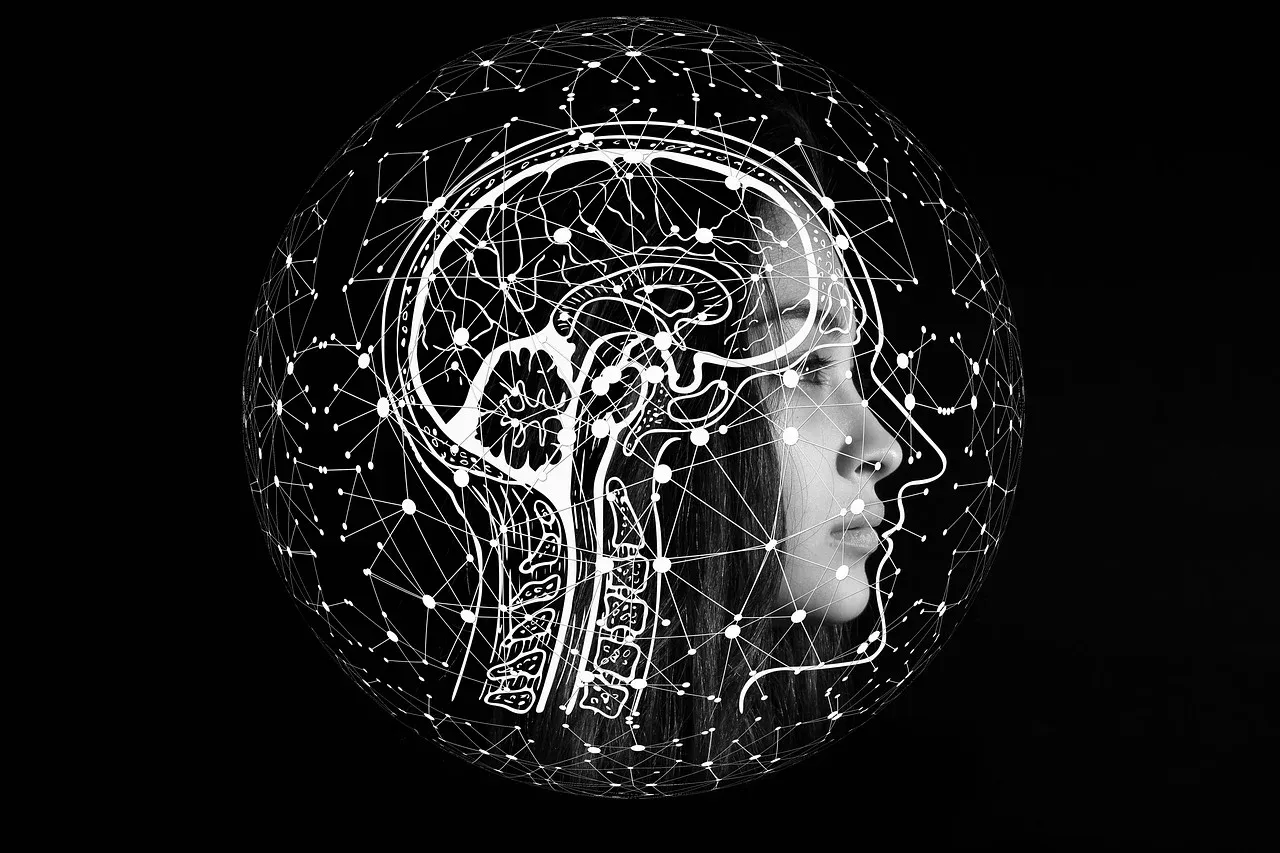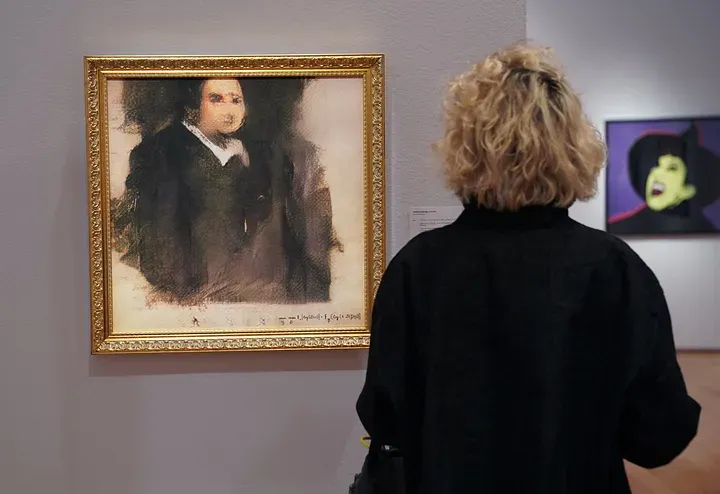From Canvas to Code: The Evolution of Art in the Age of AI Art Generators

This post may contain affiliate links and we will be compensated if you buy after clicking on our links.
Art has been an integral part of human culture and society for thousands of years, serving as a mirror to our thoughts, beliefs, and experiences. The history of art is vast and multifaceted, spanning continents and millennia.
The earliest known art forms were created during the Prehistoric era, with cave paintings and carvings dating back to the Paleolithic period. These artworks, often depicting animals and human activities, offer a glimpse into the lives and beliefs of our earliest ancestors.
With the dawn of civilization in the Ancient era, art began to take on more complex forms and meanings. In Ancient Egypt, art was largely used for religious and funerary purposes, while in Ancient Greece and Rome, it was used to depict myths, historical events, and ideals of beauty.
The Middle Ages saw the prevalence of religious art, particularly in the form of illuminated manuscripts and Gothic architecture in Europe. The Renaissance, starting in the 14th century, marked a major shift, with artists placing increased emphasis on realism and perspective, and drawing inspiration from the classical world.
In the modern era, art became increasingly diverse and experimental. The late 19th and early 20th centuries saw the emergence of movements such as Impressionism, Cubism, and Surrealism, which challenged traditional notions of representation.
Today, art continues to evolve, with contemporary artists using a variety of mediums and techniques, including digital technology and AI, to express their ideas and engage with societal issues.
Thus, the history of art is a rich tapestry that reflects the evolving human condition, providing us with invaluable insight into our past and present.
The Traditional Art Landscape
In its traditional form, art has always been a reflection of human creativity and imagination. From the intricate brushstrokes of a painting to the delicate chiseling of a sculpture, each piece of art is a testament to the artist's skill and vision. In this context, the artist is both the creator and the controller, guiding the process from conception to completion.
The Advent of Digital Art
However, with the advent of digital technology, the art world began to experience a significant shift. Artists started to explore the potential of computers and software, leading to the emergence of digital art. This new form of art utilized digital technology as an essential part of the creative process, whether for creation, presentation, or both.
Digital art opened up new avenues for artistic expression, offering a level of precision, control, and versatility that was previously unimaginable. It also democratized art creation to some extent, making it more accessible to people without formal training in traditional art techniques.
Understanding AI Art Generators
And now, art has taken another leap forward with the introduction of AI. AI art generators, powered by machine learning and neural networks, can create unique and complex pieces of art without human intervention. These systems are trained on vast datasets of artworks, learning patterns, styles, and techniques, which they can then apply to generate new artworks.
For instance, Jasper.AI and DeepDream are popular AI art generators that use deep learning to transform user-uploaded images into art. They do so by identifying and enhancing patterns in the image, resulting in a distinctive, often surreal, artistic style. Read our review on the best AI art generators.
From Canvas to Code: The Shift to AI Art
AI has undeniably changed the art creation process. Instead of a brush or chisel, artists are now using code as their tool. And rather than starting with a blank canvas, they're beginning with a dataset. The artist's role is also evolving – from being solely creators to becoming trainers and curators of AI.
Comparing traditional, digital, and AI-generated art, each has its unique qualities and challenges. Traditional art is tactile and physical, digital art offers precision and versatility, and AI art brings unpredictability and scalability. However, they all share the same fundamental aim – to create and evoke emotion.
Real-world Examples of AI Art
The Paris-based art collective Obvious created a groundbreaking artwork "Portrait of Edmond de Belamy" using a Generative Adversarial Network (GAN). This AI-generated piece made its mark on the real world when it sold for an impressive $432,500 at Christie's auction house in 2018. It is an example of how far AI art has come.

Another notable example is a 2018 installation by the artist Mario Klingemann at the Barbican Centre in London, which explores creative potential through GANs. This work created abstract shapes and colors using AI-generated algorithms. The resulting artwork showcased how technology can be used to create something unique and beautiful.
AI art is an ever-evolving field, with more and more artists experimenting with its possibilities. As AI technology advances, we can only expect to see even more amazing works of art created using artificial intelligence.
This demonstrates how far AI art has come, and that it is still growing in popularity as an avenue for creativity. By exploring the possibilities of this medium, artists are pushing boundaries and creating works that are truly unique and beautiful. With AI art, the possibilities are endless.
The Impact and Implications of AI Art
These examples illustrate how AI art is reshaping our perception of creativity and originality. It challenges the notion that art is a purely human endeavor, opening up debates about the nature of creativity and the role of machines in art.
There are also ethical considerations surrounding AI art. Questions arise about authorship and ownership - who should be credited as the artist, the AI, the programmer, or the person who trained the AI? What about copyright issues when AI is trained on copyrighted artworks? These are complex issues that need to be addressed as AI art continues to evolve.
The Future of Art in the Age of AI
Looking ahead, AI is poised to play an even bigger role in the art world. We can expect to see more sophisticated AI art generators, capable of creating increasingly complex and diverse artworks. Artists and technologists will continue to push the boundaries of what's possible with AI, blurring the line between human and machine creativity.
However, there are also challenges to overcome. AI art is still a nascent field, and there's much we don't understand about it. Moreover, the integration of AI into the art world may encounter resistance from traditionalists who view it as a threat to human creativity.
Conclusion
In conclusion, the journey of art from canvas to code represents a fascinating evolution of human creative expression. As we embrace the age of AI art, we are not just witnessing a technological revolution, but also a cultural one. The future of art in the age of AI is full of possibilities, and we are just at the beginning of this exciting journey.
So, why not delve into the world of AI art yourself? There are numerous AI art generators available online that you can experiment with. Whether you're an artist looking to explore new mediums or a tech enthusiast interested in the intersection of AI and art, there's something for everyone.
And remember, art is a dialogue. So, let's start a conversation about AI art. Share your thoughts, ideas, and creations with the world. After all, the future of art is not just about technology, it's about us - the creators, viewers, and interpreters of art.